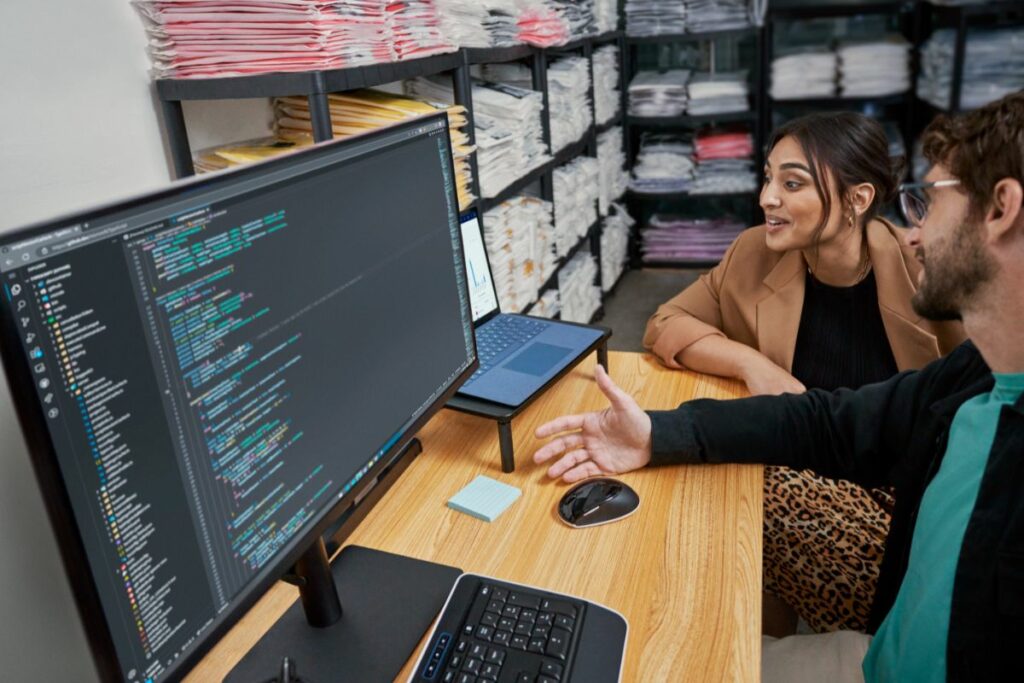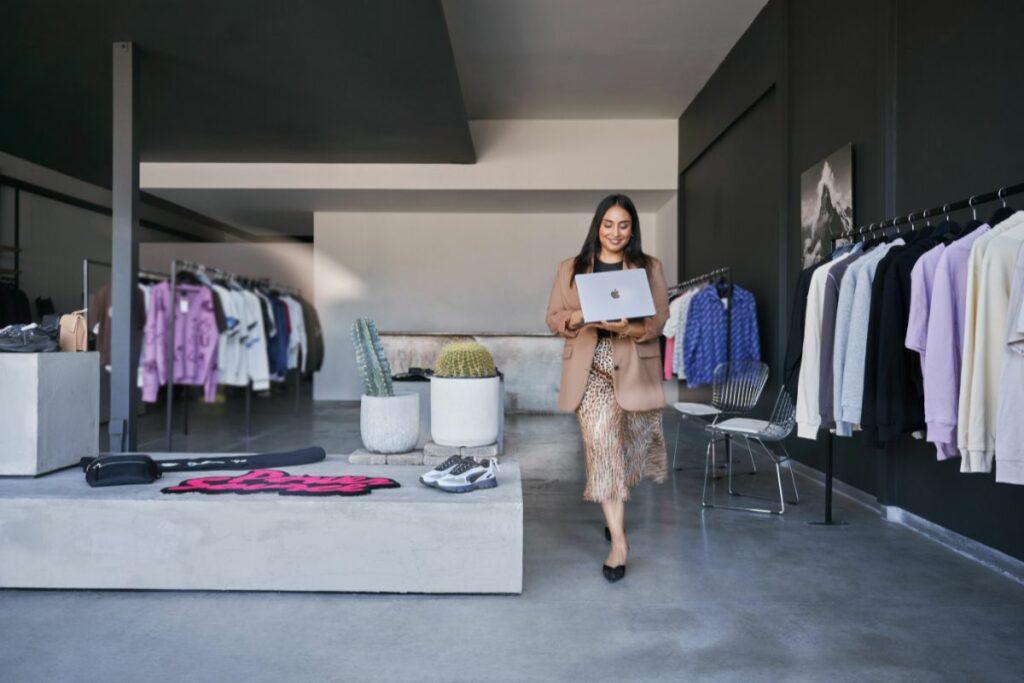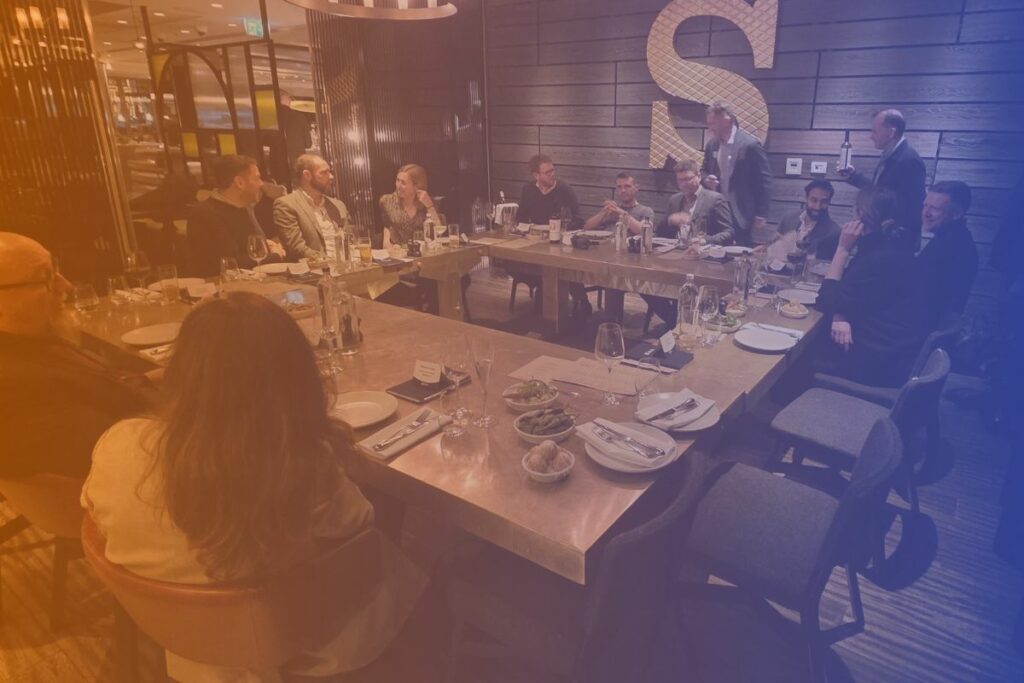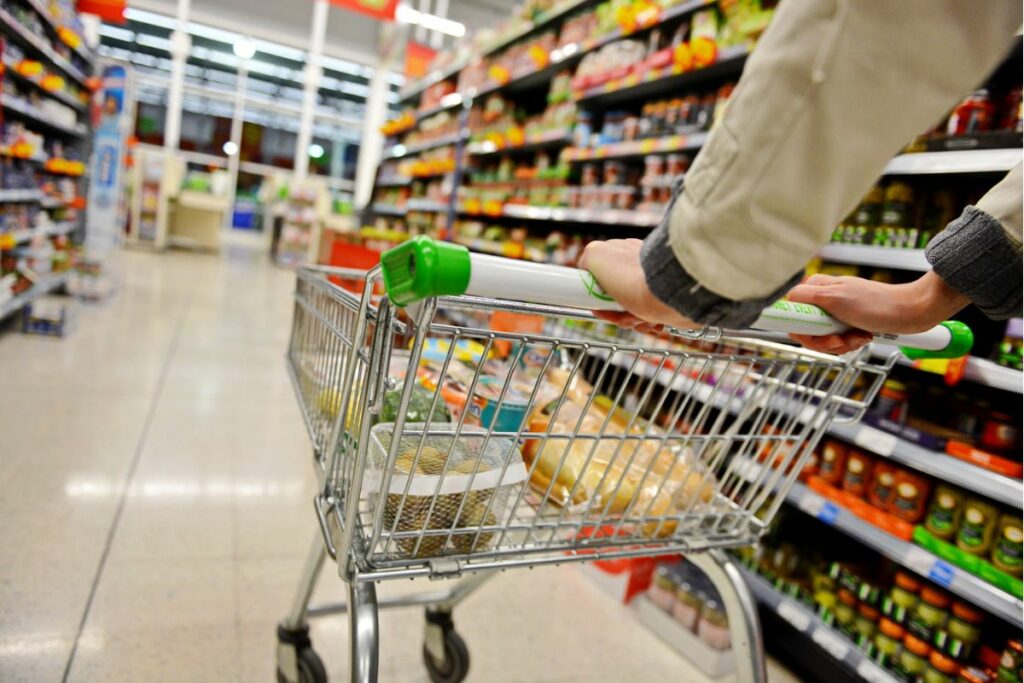Since the outbreak of Covid-19, retailers have been struggling with restrictions and recurring, temporary store closures (and re-openings). As a result, shopper behaviour has changed and retailers have had to adjust the way they do business. For example, mail-order and online retail sales in April 2020 increased by about 24 percent year-over-year during the first lockdown.
Retailers have been forced to focus more on digital channels and leverage digital technologies. And things are unlikely to return to the way they were before. Many aspects of our „new normal“ – such as changes in customer behaviour, safety awareness and increased online purchases across all sectors, will remain.
Retailers should therefore take appropriate measures to successfully survive such times of crisis and – even afterwards – remain competitive. Below are five trends we’ve spotted emerging, which are likely to grow into a part of the customer buying experience, long past Covid-19 times:
- Contactless Commerce: Enabling the contactless customer journey
Contactless commerce allows customers to make a purchase, avoiding contact with any physical objects or other people. Both digital commerce and in-store purchases can be made contactless – from product selection to payment, and delivery. As a result, many retail stores are currently merging the in-store experience with digital shopping, offering an end-to-end contactless experience.
There are different areas in which contactless commerce can be implemented. Contactless payment has become indispensable, especially since the start of Covid-19. According to a GfK study from July 2020, 44 per cent of Germans always pay contactless whenever possible. This includes digital payments with apps as well as contactless card payments. For example, 66 per cent of Germans paid by swiping their bank card in 2020, compared with only 44 per cent in 2019. Retailers should therefore ensure an end-to-end contactless customer journey – whether online or in-store, and offer different payment, delivery and pick-up options to suit different customer preferences.
Contactless technologies can also benefit employees, with retailers opting to use digital solutions in many in-store operations. Robotics, artificial intelligence (AI) and computer vision can be used to assist employees with shelf stocking, product assortment and delivery processes, for example.
- Visual product configuration: Help with product selection using 2D or 3D visualization
Visual product configuration tools allow customers to see visual 2D or 3D representations of the product they want, with the options and features they select, before they buy – without having to visit a physical showroom. The configured product can even be displayed in its intended location using mixed reality – where natural perception is augmented with artificial computer-generated perception. Visual configurators can be part of the customer’s digital shopping experience, or they can be controlled by a salesperson and shared with the customer via web conferencing tools. Visual configuration tools can be used for a variety of products.
Covid measures have meant stores and showrooms for kitchens, furniture as well as vehicles had to close or limit the number of people present. However, visual configuration technology is a cost-effective substitute. In addition, the online configurator can display countless product variants, minimising the need for samples. The visual configurators, combined with advanced manufacturing techniques, also enable product customisation.
After the Covid-19 crisis, companies should reconsider the profitability of many individual smaller showrooms, or alternatively a central showroom in combination with visual configuration technology. A digital self-service store with visual configuration will significantly improve profit margins and shorten the sales cycle, because an online store is available to consumers around the clock.
- Live Commerce: Customer interaction in real time
Live commerce, typically delivered via mobile apps, uses live video streaming to demonstrate products and interact with shoppers in real time to encourage them to buy. The livestream feature can be embedded in commerce platforms or offered by online marketplaces and social networks with buy links.
Companies can use live commerce to capture customer interest, generate traffic and create brand awareness. Technically, a smooth customer experience needs to be created from livestream to checkout, so appropriate platforms and technology providers should be used. Companies can also leverage social networks with integrated check-out capabilities and also embed livestream solutions into their commerce platforms or customer-facing interfaces, such as customer service chats.
Employees can also use live commerce to interact with customers – answering questions and helping them find the right products. Companies can add these human-powered personalized shopping experiences to the personalisation features they already have in the commerce platform to further increase customer satisfaction and repeat purchases.
- Lights-Off Commerce: The right subscription for everyone
Lights-Off Commerce refers to automated purchases using subscriptions to deliver goods to customers on a regular basis. Using subscriptions, consumers, during the Covid-19 pandemic, protected themselves from supply shortages and avoided physical in-store purchases. Subscriptions offer consumers not only convenience and security, but also cost savings that are beneficial in times of financial uncertainty. For providers, selling through a subscription model means they have predictable, contracted revenue streams.
Companies should offer different subscription plans to meet different customer preferences and offer multiple pricing options. Free trials and straightforward cancellations – without gagging contracts – should be considered to encourage sign-ups from customers.
- Increased tax complexity leads to automation
As digital businesses innovate and expand globally, so too are their tax risks heightened. The tax obligations of a singe brick and mortar store are not the same as an online business selling into 10 countries. The double whammy of Brexit and the UK ecommerce VAT reforms of January 2021, have brought in sweeping changes in a very short space of time to sellers in and out of the UK and EU.
The maze of international tax regulations, including indirect global taxes such as VAT and GST, cross-border sales, consumer use tax and more, need to be incorporated seamlessly into checkout systems.
Furthermore as the accumulated Covid debt of the last year becomes a reality, tax authorities will turn their eyes to taxes as a much-needed revenue stream. The need for sellers to have their calculations right and their compliance in order has never been more critical.
There will always be new challenges for retailers. The current situation should therefore be seen as an opportunity and as a chance not only to adapt to the changed situation, but also to develop further. New forms of trade will emerge and new technologies will meet new customer needs. The main thing is that the customer is at the centre – this should never be forgotten and should drive new developments.
Sacha Wilson will join a panel of ecommerce experts at Avalara’s Virtual Ecommerce Summit on May 6. You can register free here: https://avlr.co/3u3z7ht
Sacha Wilson is Senior Director Tax Technology Solutions EMEA at Avalara
Click here to sign up to Retail Gazette’s free daily email newsletter
SPONSORED


















